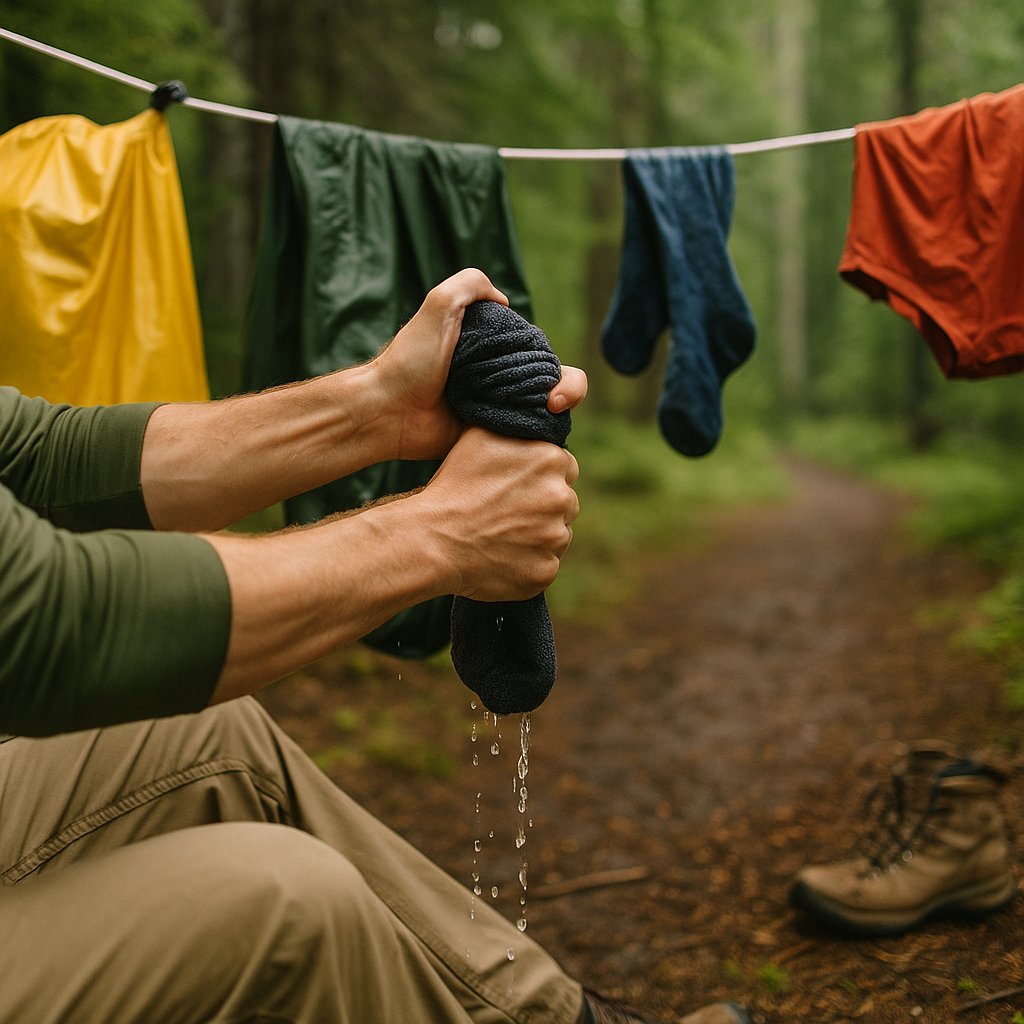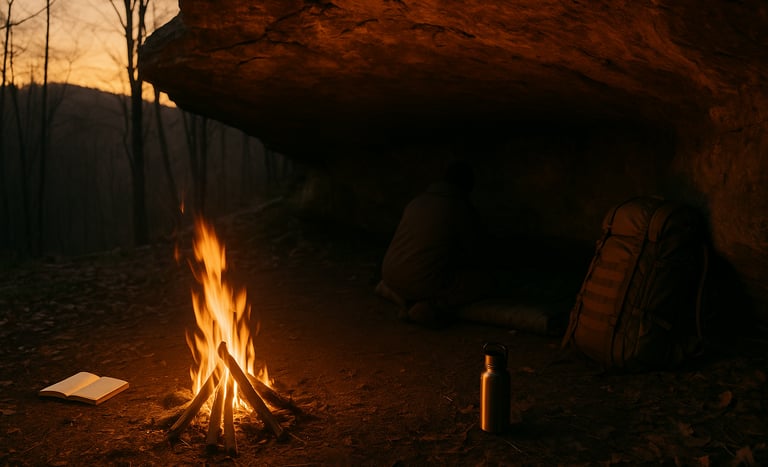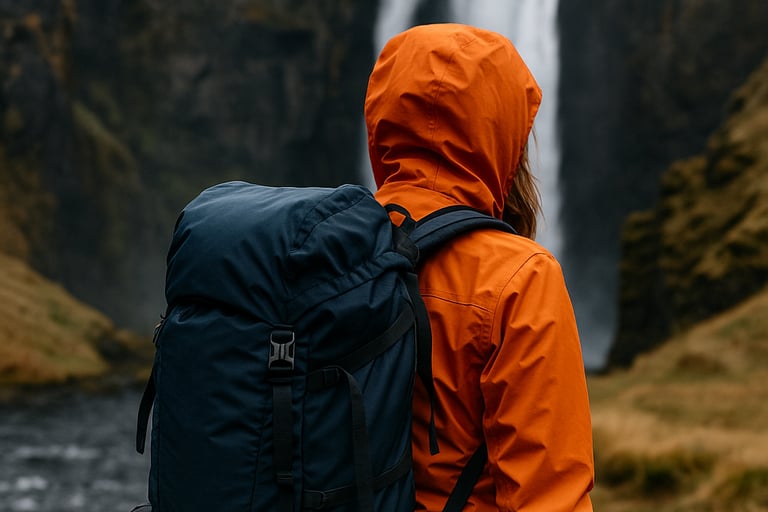Keeping Your Gear Dry: Waterproofing Tips for Wilderness Survival
Keep your wilderness gear safe and dry with these proven waterproofing tips. Learn how to protect your backpack, clothes, and electronics from rain, river crossings, and moisture in any survival situation.


Keeping Your Gear Dry: Waterproofing Tips for Wilderness Survival
Why Waterproofing Matters in the Wild
When you're deep in the backcountry, staying dry isn’t just about comfort, it can be the difference between safety and danger. Wet gear adds weight, ruins electronics, spoils food, and can leave you vulnerable to hypothermia, even in mild weather. Knowing how to waterproof your essentials is a critical part of wilderness survival, especially in areas where the weather can change without warning.
Whether you're caught in a sudden downpour or crossing a river, this guide will walk you through practical methods for keeping your gear protected from moisture.
Getting caught unprepared in bad weather is one of the leading causes of emergency situations in the wild. If you’re planning a trip where storms are possible, it helps to know how to survive thunderstorms in the wilderness safely and calmly.
Waterproofing Your Backpack and Essentials
Your backpack is your lifeline, so keeping it and its contents dry is top priority. Many hikers assume a “water-resistant” label is enough, but in real world conditions, you'll need more reliable protection. A simple but effective solution is to line the inside of your pack with a durable contractor-grade trash bag or a fitted pack liner. This provides a waterproof barrier even if the outer shell gets soaked.
Dry bags are another excellent tool for isolating sensitive items like electronics, first-aid supplies, and spare clothing. Choose roll-top bags for a secure seal and organize items by priority so you can access what you need without letting water in.
If you’re carrying important supplies like food or fire-starting tools, make sure they’re sealed and protected. In wet or cold conditions, starting a fire without matches or a lighter is much harder — so keeping your ignition materials dry is a must.
Rain Gear, Tarps, and Shelter Setups
Clothing is only one part of your defense against moisture — your shelter strategy matters just as much. A reliable rain jacket and pants made from breathable, waterproof fabric like Gore-Tex can keep you moving when the skies open up. But if you're setting up camp, having a well-rigged tarp is a game changer.
Practice creating sloped pitches to allow runoff and avoid pooling above your sleeping area. If you’re using a tent, make sure your rainfly is in good condition and that seams are sealed properly. Small details like setting up on slightly elevated ground and using a groundsheet can prevent water from seeping in underneath you.
If you’re expecting cold rain or wind, it’s smart to review emergency shelter options for rain and wind that can keep you dry even in the worst conditions.
Protecting Small Items: Electronics, Matches, and Food
Small essentials are often the most vulnerable to water damage. Phones, GPS devices, lighters, and first-aid supplies should be double bagged — use a sealable plastic bag inside a dry bag for extra protection. For fire-starting tools, waterproof match cases and stormproof matches are worth carrying. You can also coat regular matches in melted candle wax as a DIY moisture barrier.
Food should be kept in waterproof containers or tightly sealed bags. Wet packaging can lead to spoilage or mold, especially on longer trips.
When packing your food and gear, always keep wildlife in mind too. Wet trash or scented items can attract animals — so review how to store food in the wilderness without attracting wildlife to protect both yourself and the environment.
Drying Wet Gear in the Field
Even with all the right gear, sometimes you’ll still get wet, it happens. What’s important is knowing how to dry things out quickly and efficiently. Hang wet clothing on a line during sunny breaks or near a fire, but always be cautious of sparks. Use absorbent microfiber towels to blot excess water from clothing or gear. If you’re on the move, strap wet items to the outside of your pack to air dry as you hike.
Rotating socks and layers during the day can also help reduce dampness and prevent blisters, especially when dealing with sweat or high humidity.
Final Thoughts on Staying Dry in the Wild
Waterproofing your gear doesn’t have to be complicated or expensive — it just takes some preparation and a few smart habits. From pack liners and dry bags to rain tarps and proper clothing, these small measures can make a huge difference in keeping you safe and comfortable during any wilderness adventure. The more you practice staying dry, the more confident you’ll feel facing the elements head-on.




© 2025. All rights reserved About | Privacy Policy | Terms and Conditions | Affiliate Disclosure | Disclaimer


